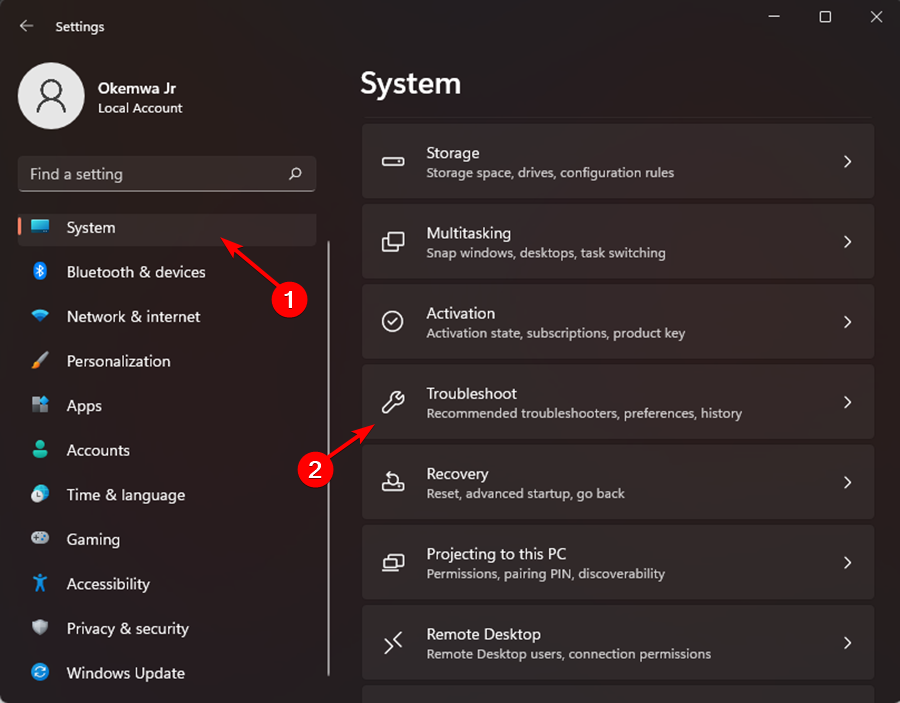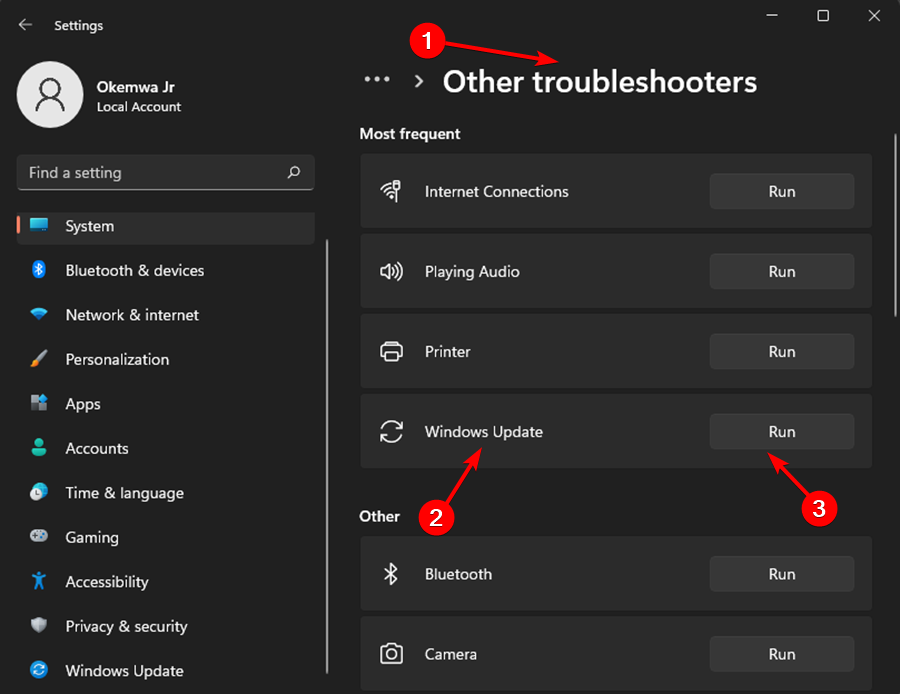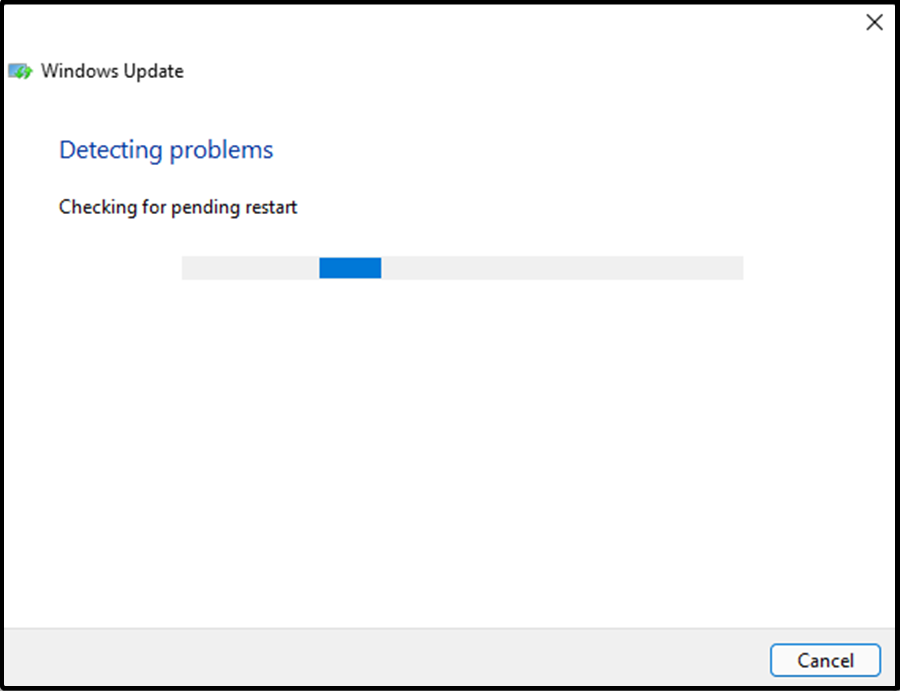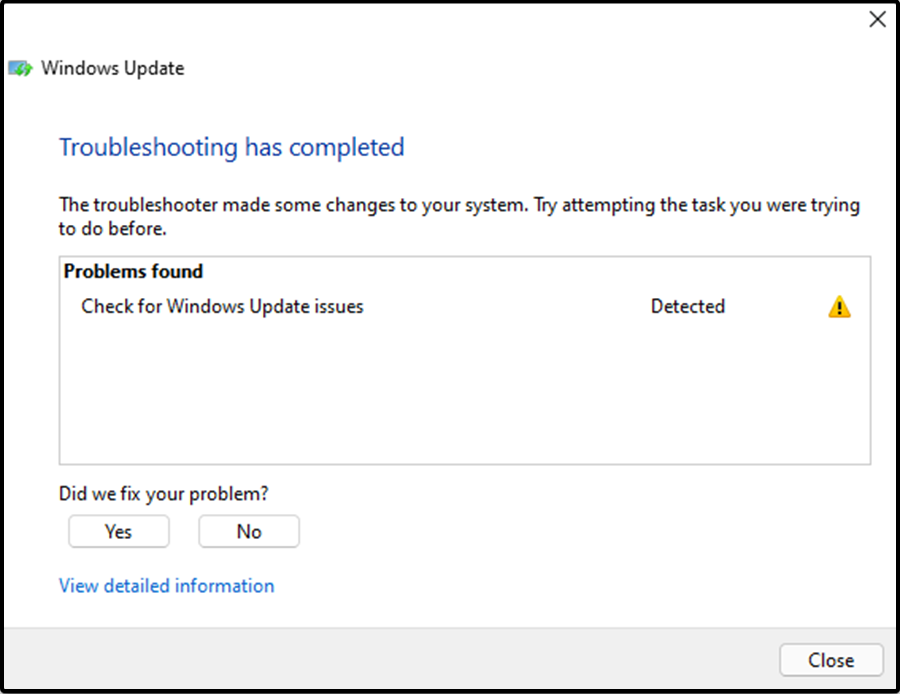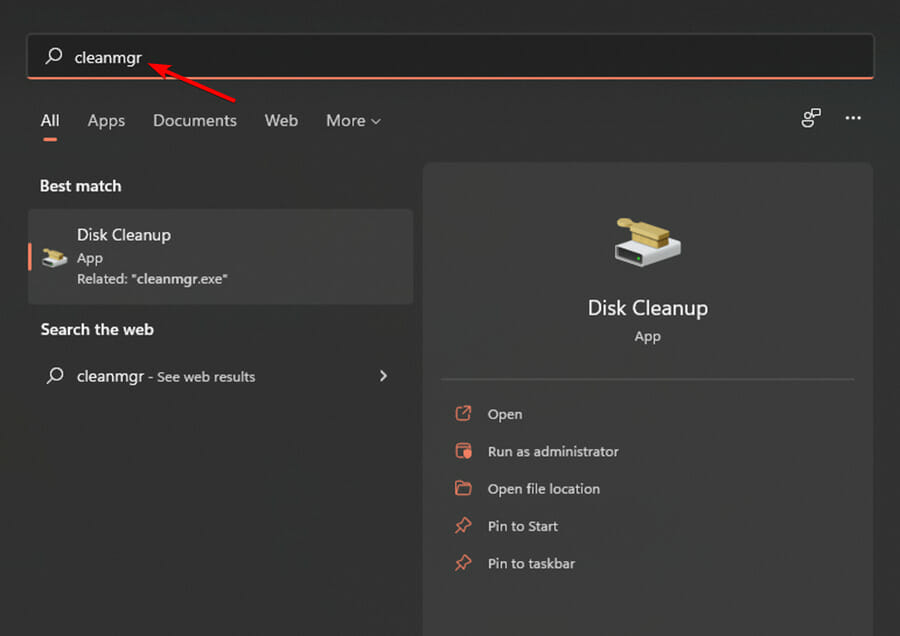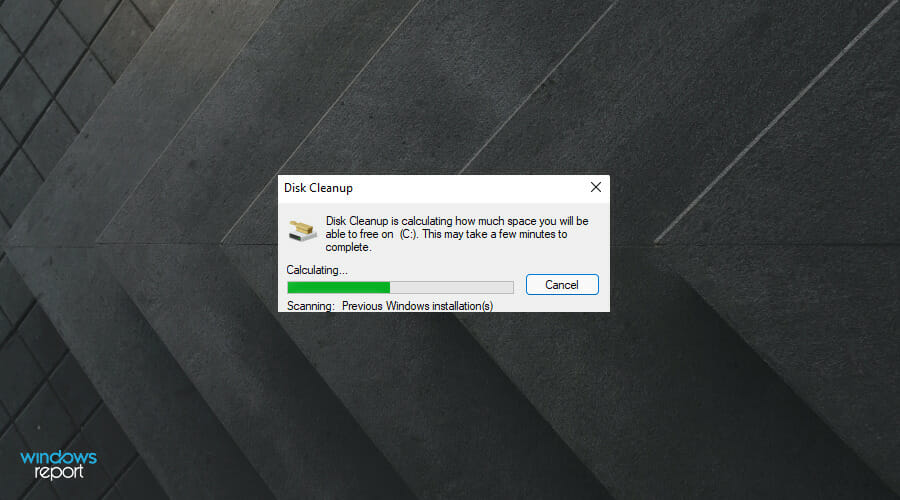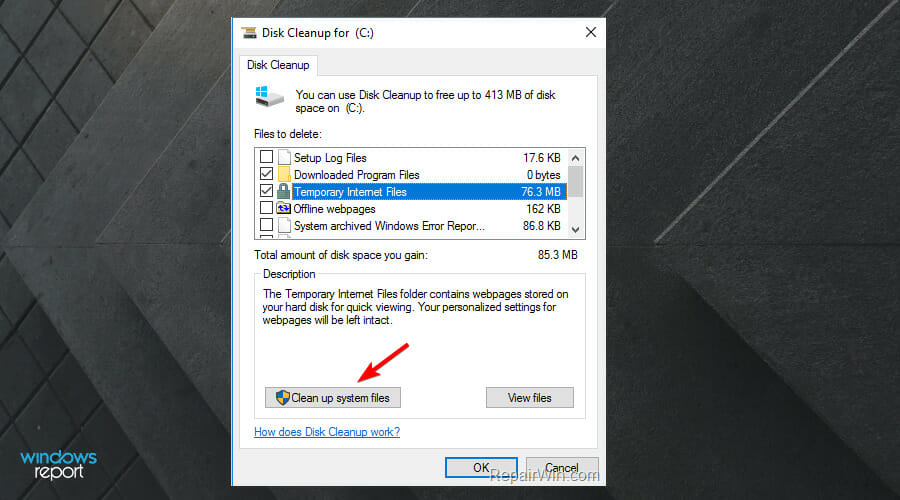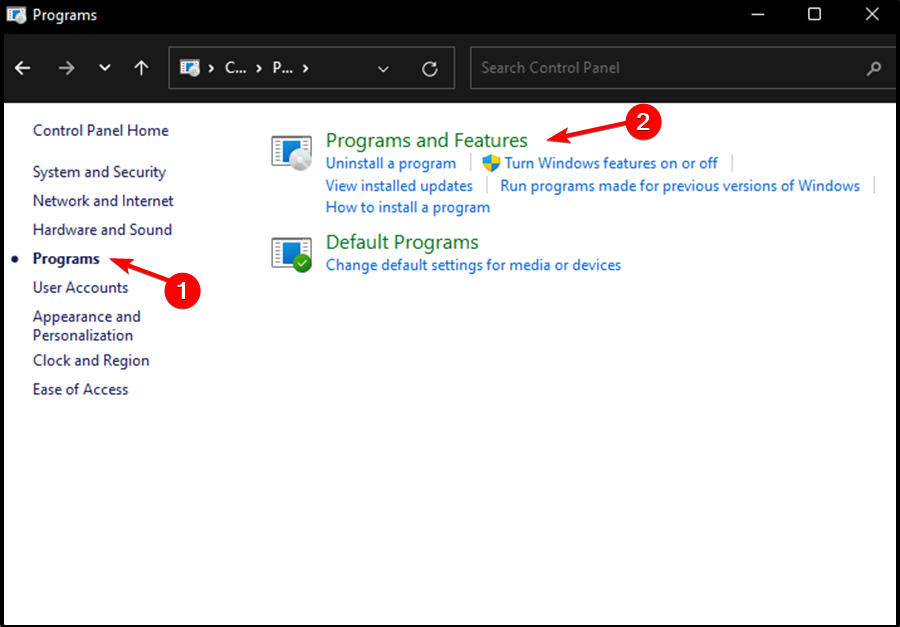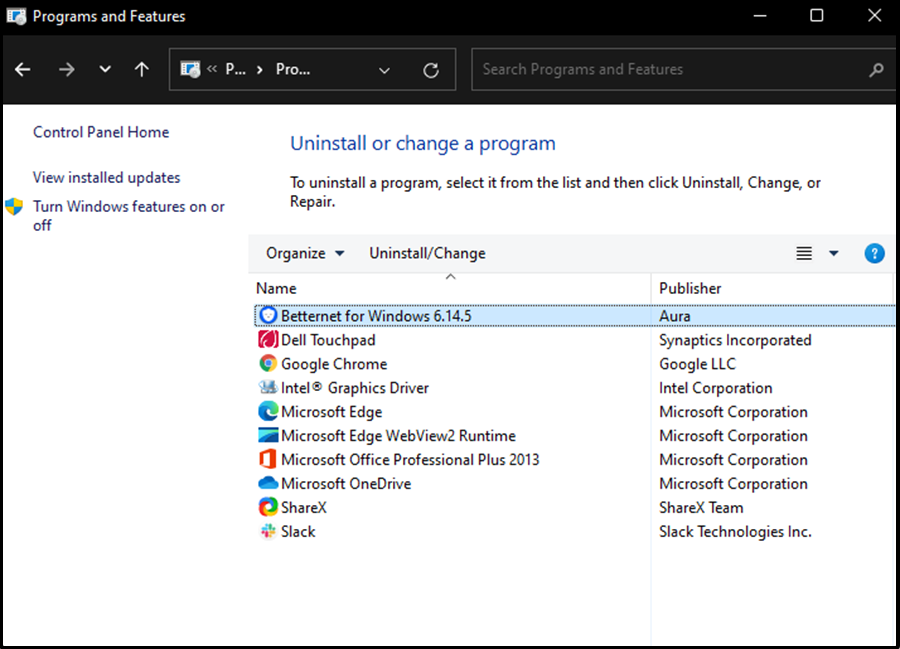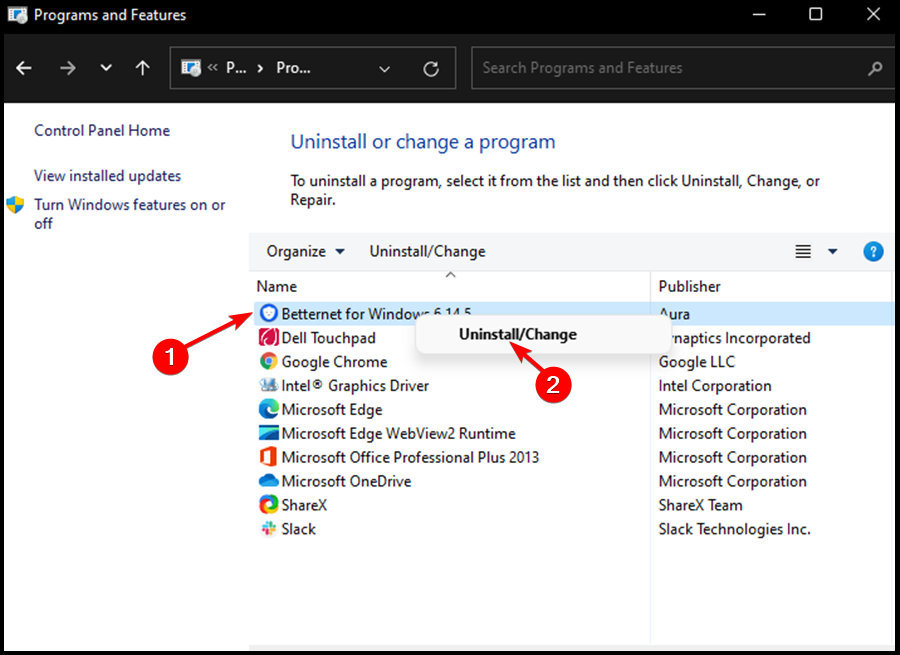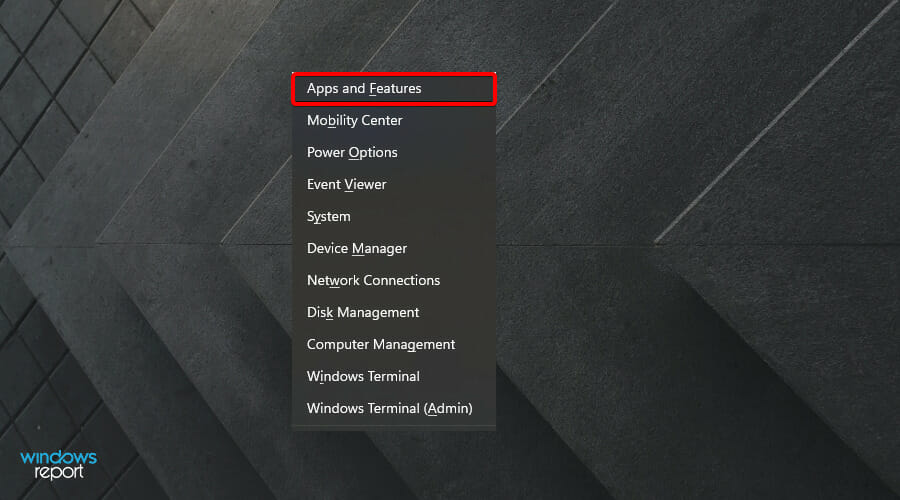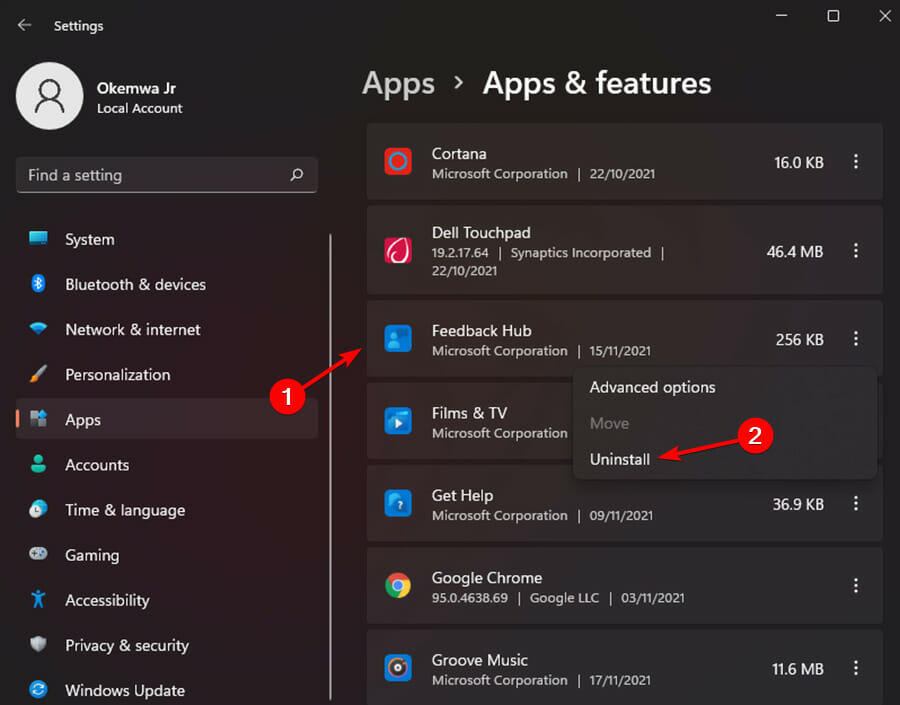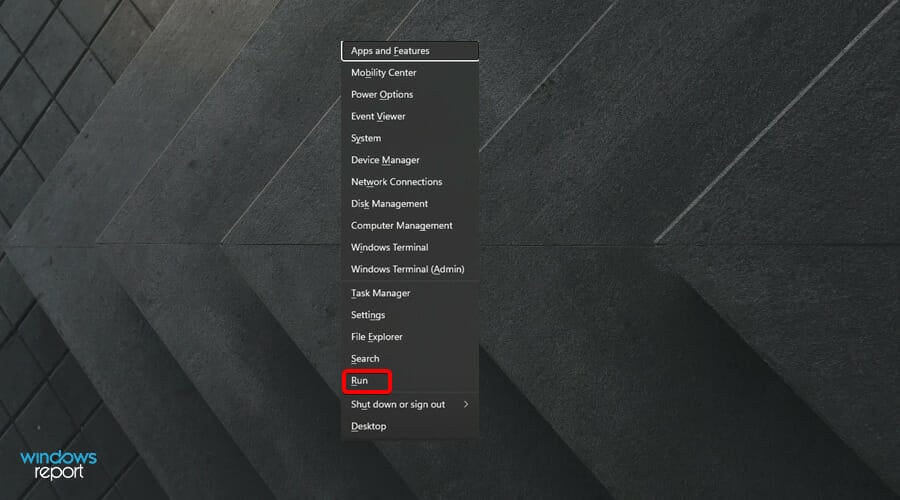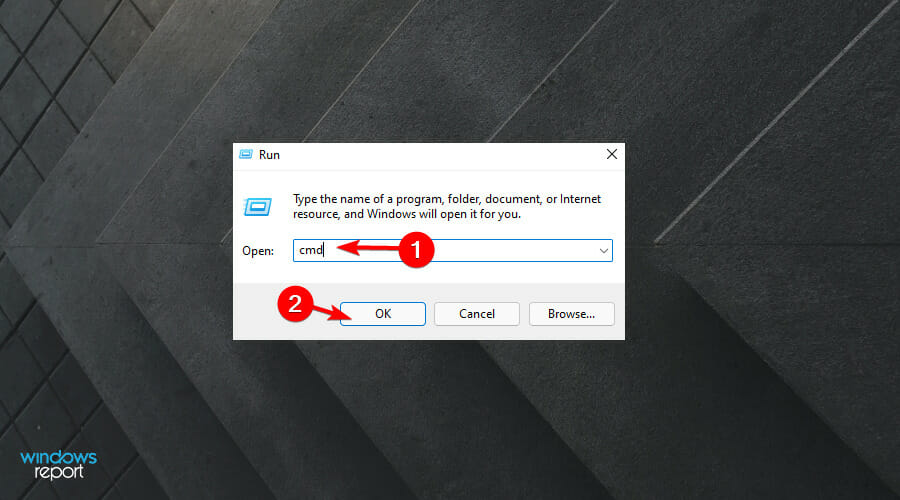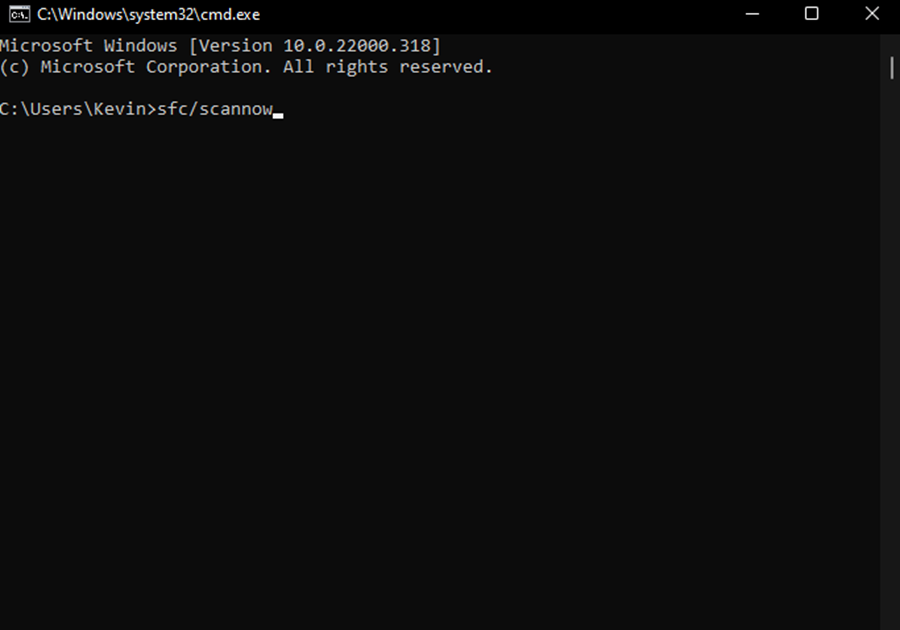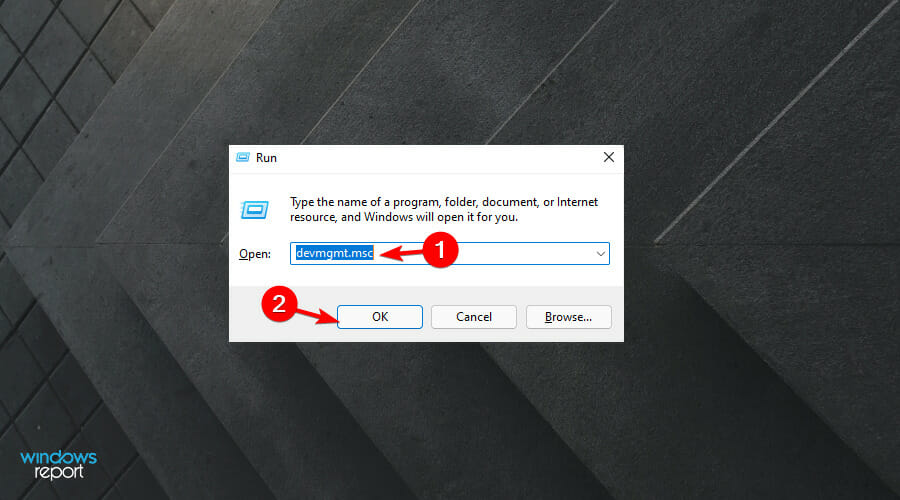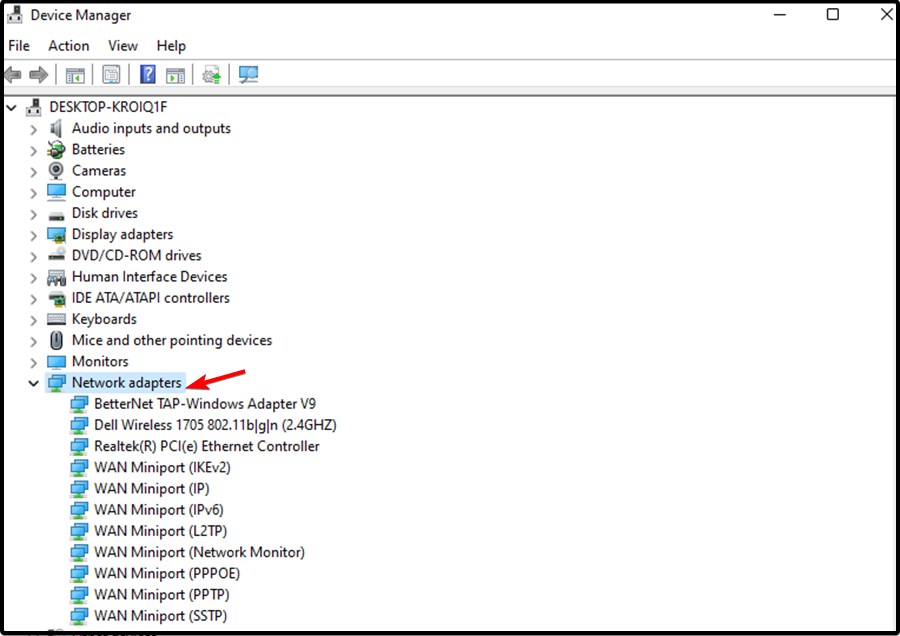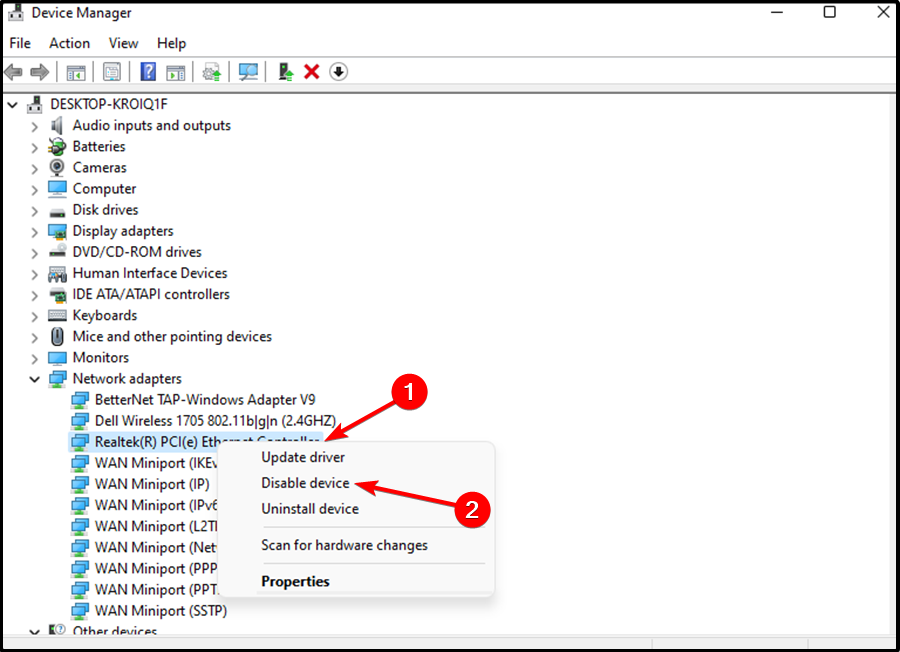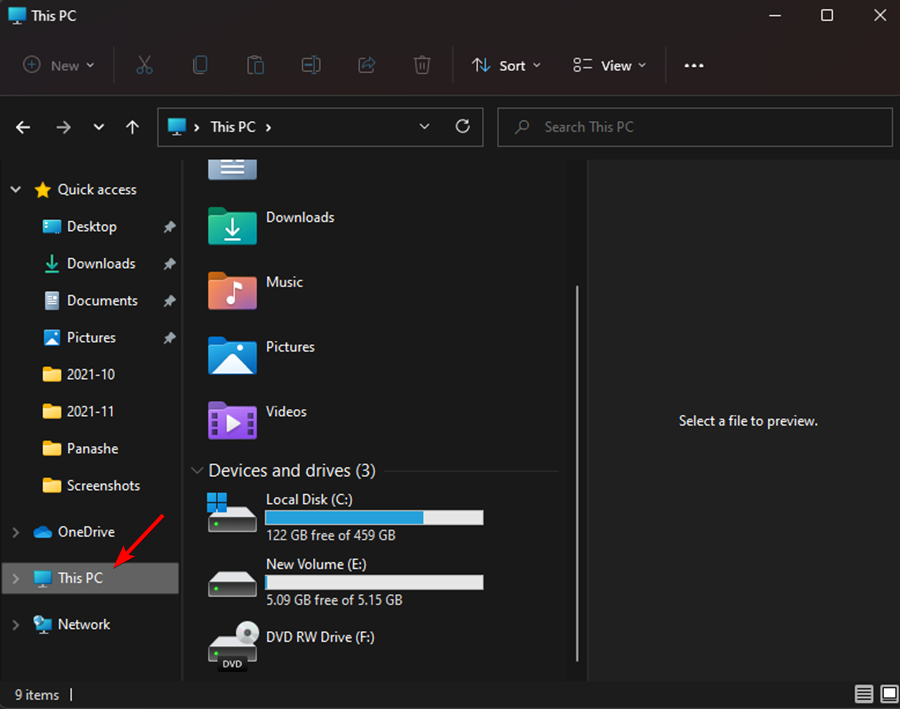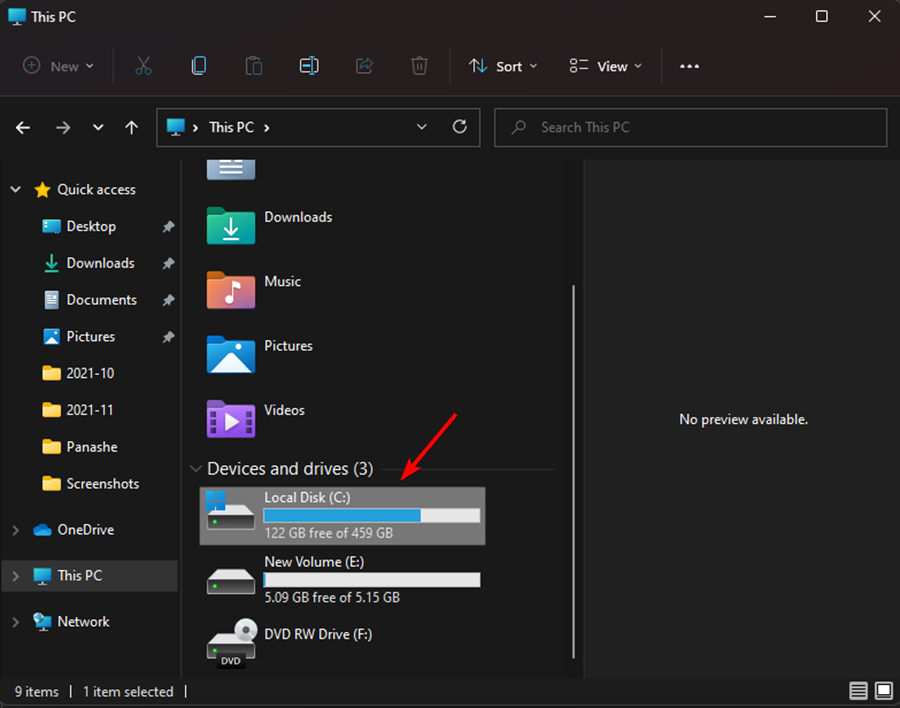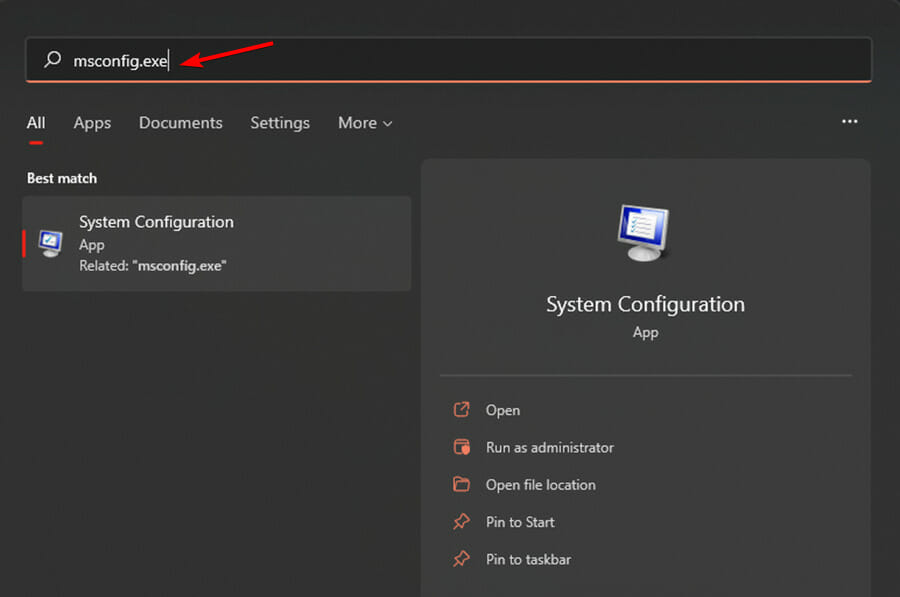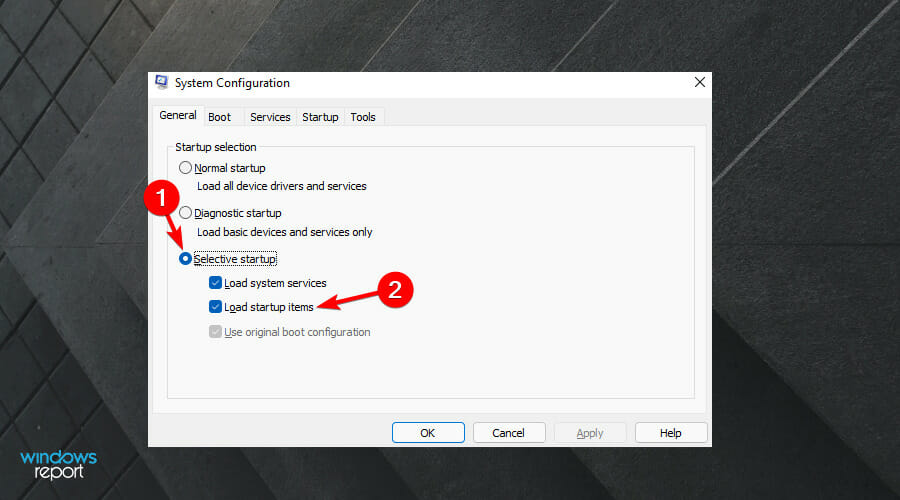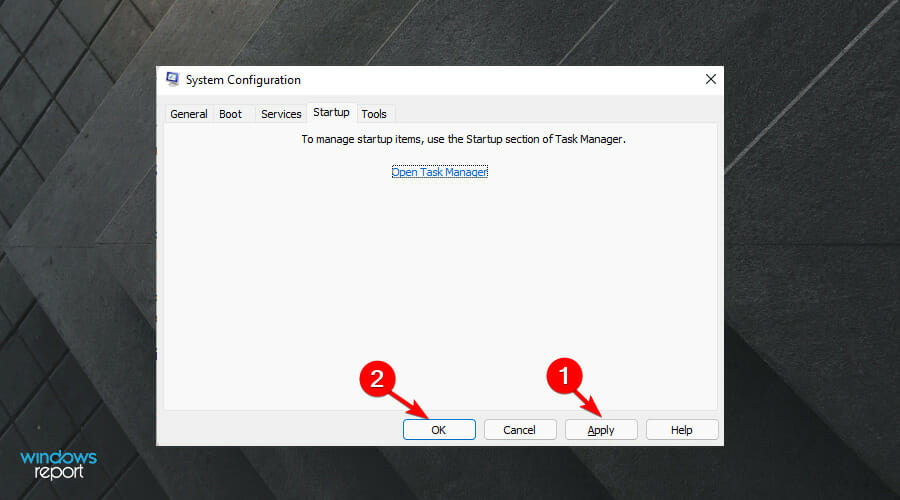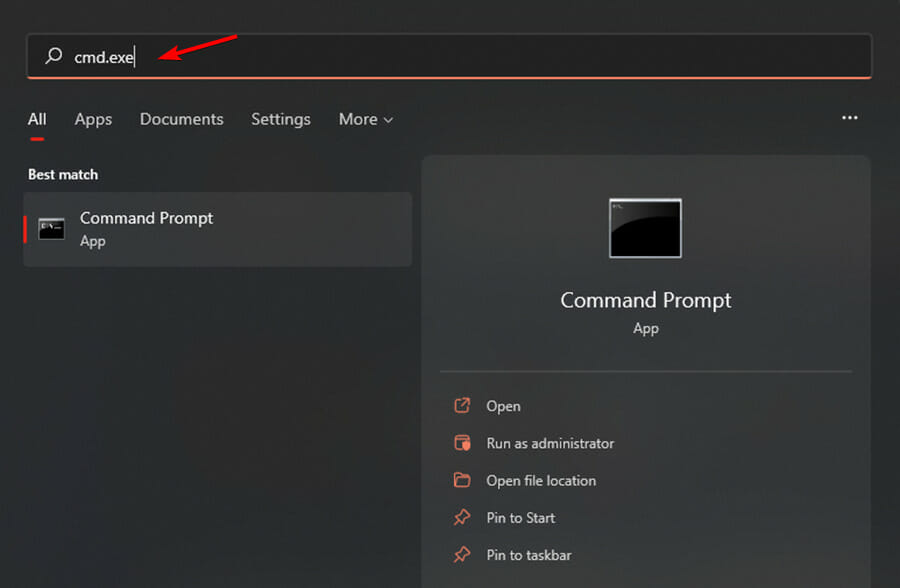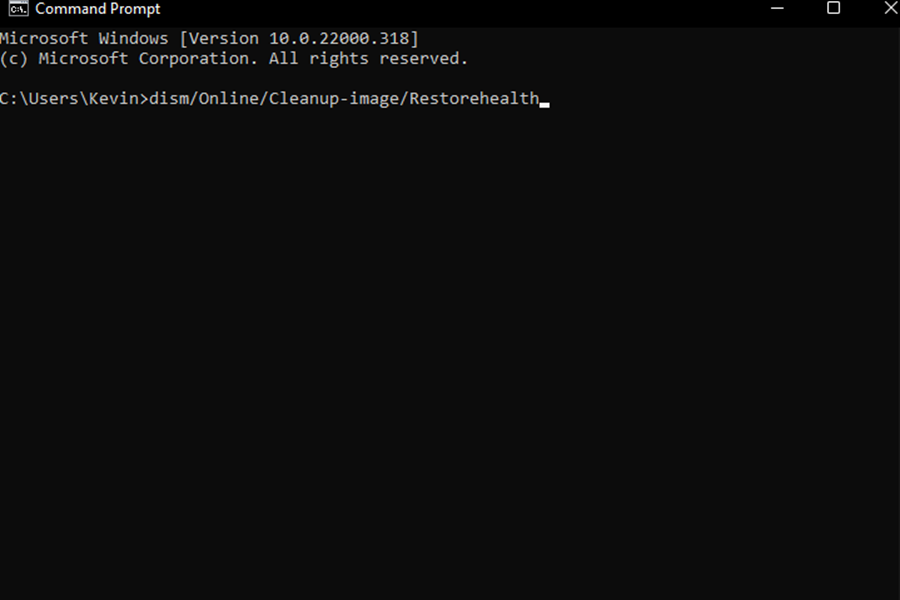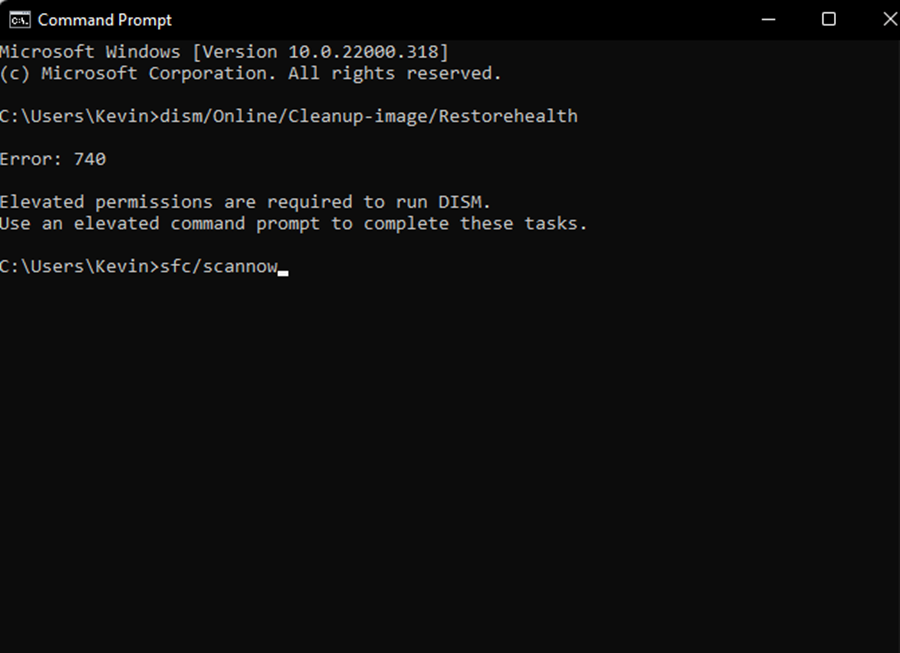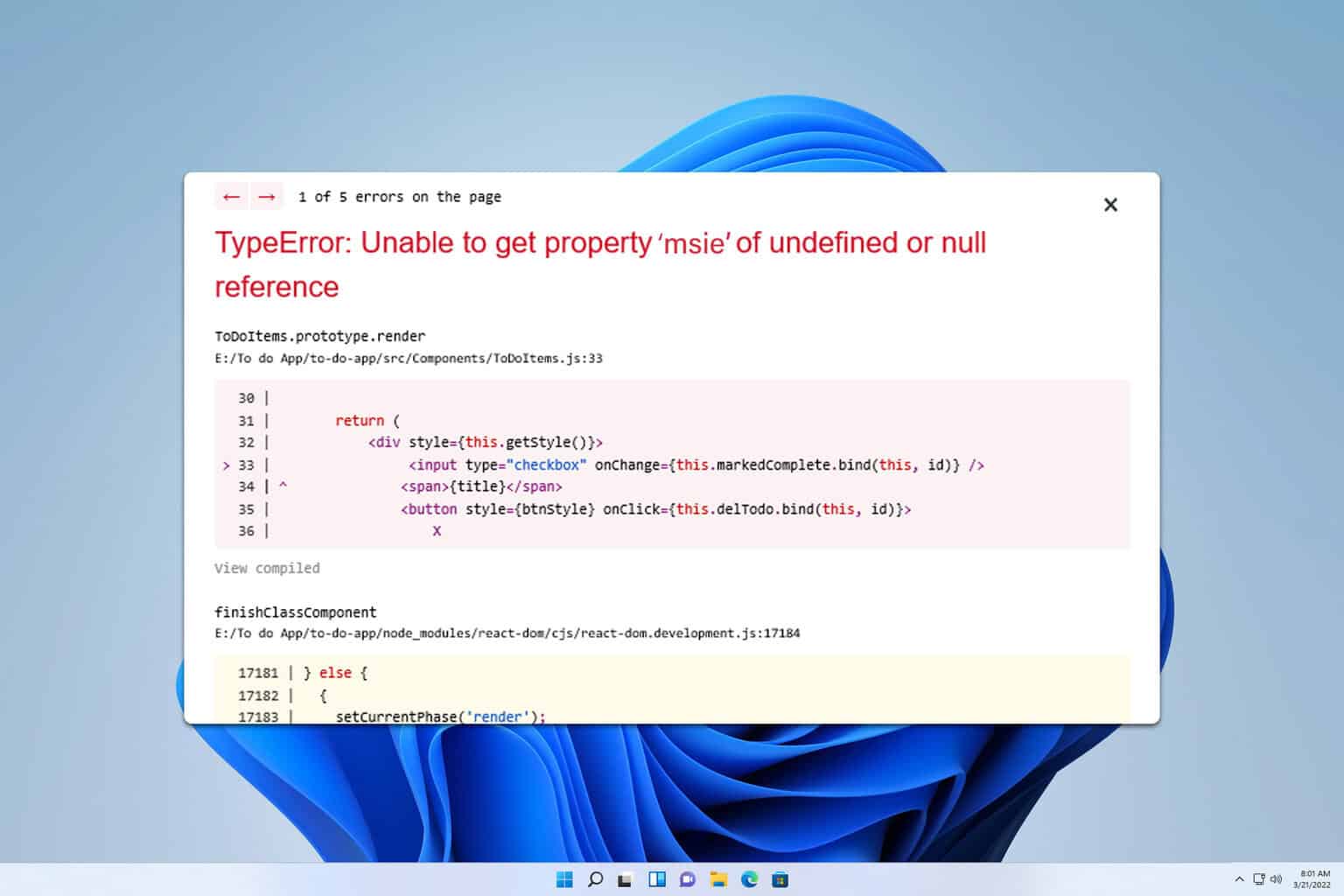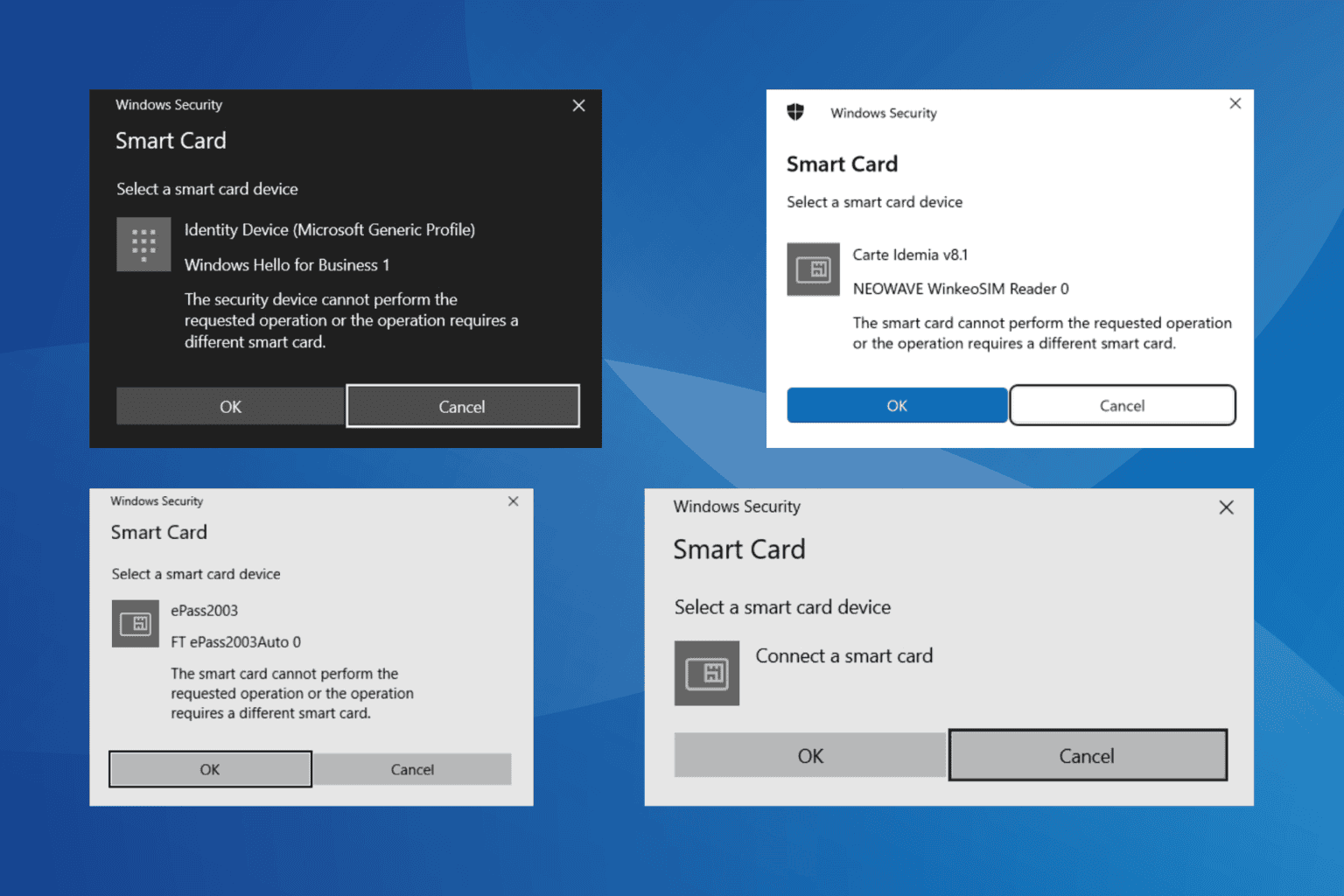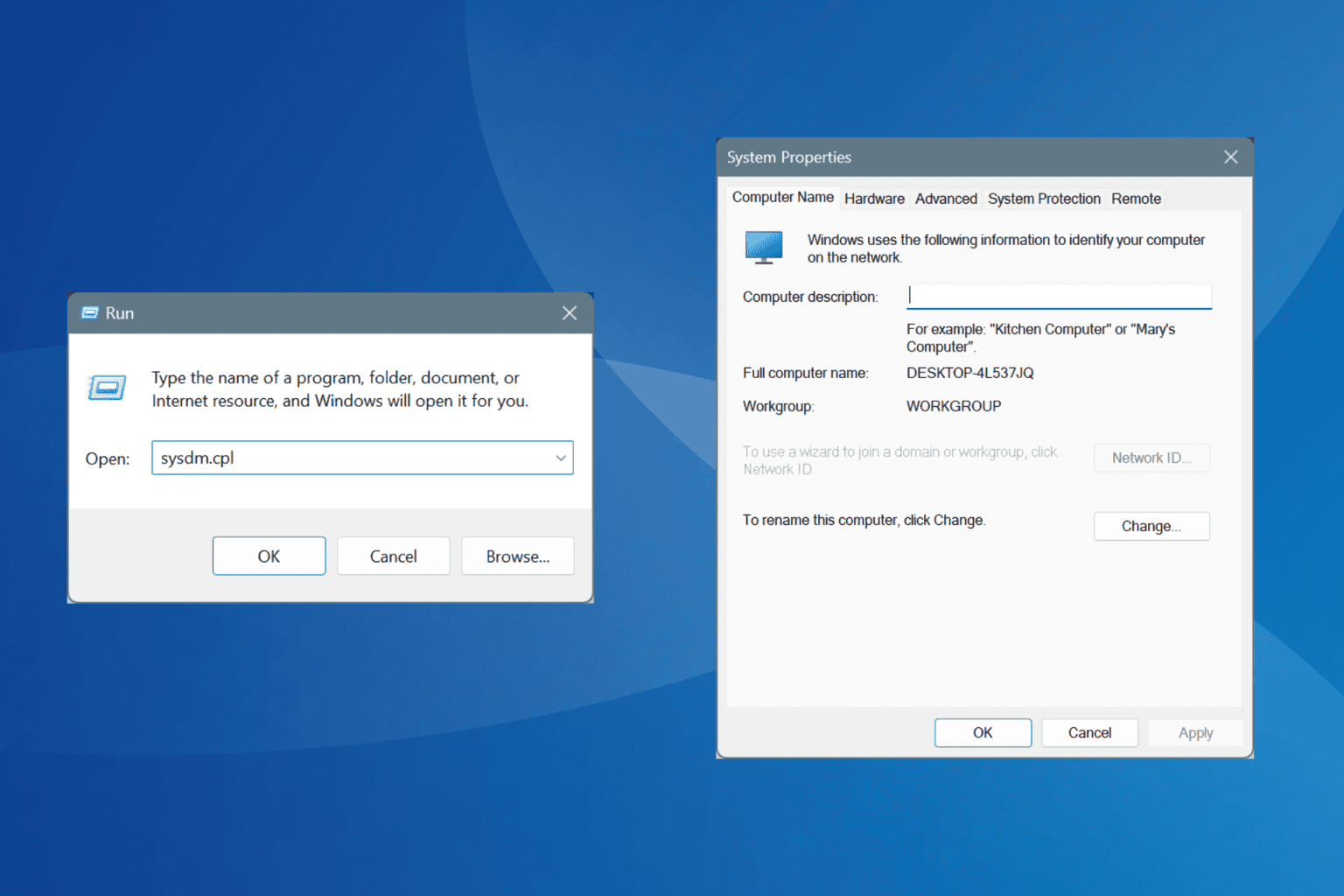Windows 11 0xc1900101 (We Couldn't Install Windows): Fix
12 tested solutions to fix this error on your device
11 min. read
Updated on
Read our disclosure page to find out how can you help Windows Report sustain the editorial team Read more
Key notes
- Users with insufficient disk space on their devices are more likely to encounter the Windows 11 update error 0xc1900101.
- The Windows 11 error 0xc1900101 basically prevents you from properly upgrading your device.
- Removing all secondary devices and unplugging all cable cords from your PC are confirmed to often resolve the issue.
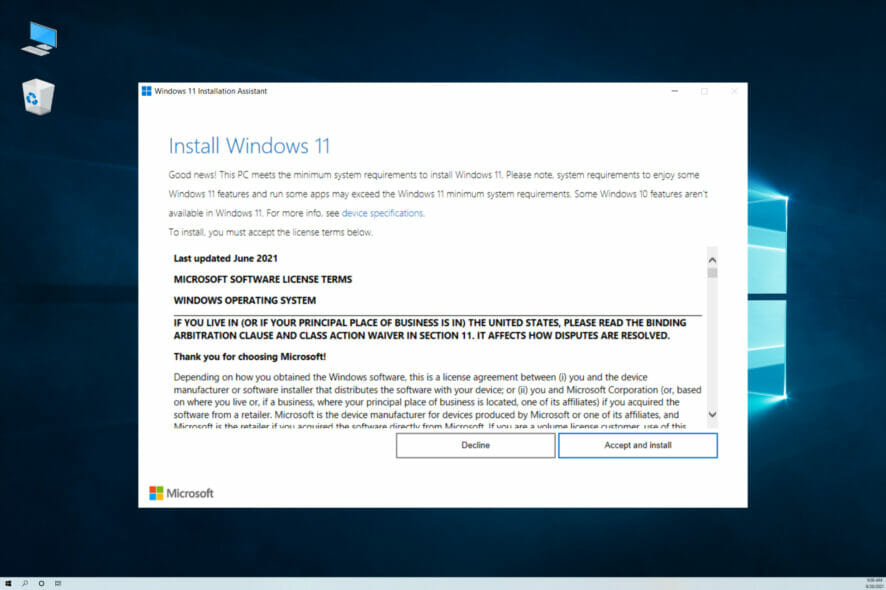
Our readers constantly encounter the 0xc1900101 error code while using the Windows 11 Installation assistant. This occurs when they try to upgrade to the new operating system or perform a regular update on a Windows 11 device.
The Windows 11 0xc1900101 error code is generic. Several reasons exist, including installing a third-party antivirus on your device or even having outdated BIOS firmware.
Most users have reported that the error code appears when they are in the process of installing Windows 11 on their devices. The error would then halt the process at a certain percentage.
It is worth noting that it will still occur regardless of the mode you use to install Windows 11 on your device. For instance, the error code affects the Media creation tool, ISO file, Windows Update, and Installation Assistant.
What does the Windows 11 Update Error 0xC1900101 mean?
The 0xc1900101 Windows 11 update code on your screen indicates that the core system files are either corrupted or broken.
The immediate action to take when such a situation presents itself would be to create a system restore point before trying to resolve the issue.
When the error code appears on your screen, it will come with a prefix before it. Some of them include 0xc1900101 0x30018, 0xc1900101 0x20017, 0xc190010 –0x40021, 0xc1900101– 0x3001a, 0xc1900101 0x2000c and 0xC1900101– 0x4000D.
The error code will present itself in one of the following formats on your screen:
- The installation failed in the SAFE_OS phase with an error during INSTALL_RECOVERY_ENVIRONMENT operation.
- The installation failed in the FIRST_BOOT phase with an error during SYSREP operation.
- The installation failed in the SECOND_BOOT phase with an error during BOOT operation.
What causes the 0xC1900101 error code in Windows 11?
If your device lacks sufficient disk space, you will likely encounter the error code on Windows 11. It may also appear on your screen if there is a problem inside SATA or BIOS.
Moreover, the bug is often related to outdated device drivers, corrupted system files, or problematic app installation.
Therefore, there are quite a large number of common causes of Blue Screen of Death errors. It would help if you took good care of your device to avoid getting into such a situation.
However, the issue should not be a significant concern as we have compiled a list of simple methods you can use to eliminate this. Don’t fret!
Why is my Windows not updating?
There are a few reasons for update errors and issues. Here are some to note:
- Internet connection problems – An update downloads files off the internet; without a good connection, this will not happen.
- Insufficient disk space – Like we said, there will be downloaded files, and you need to have enough disk space to accommodate them; if not, the computer will not proceed to update.
- Corrupted system files – It should go without saying that most activities are hampered once you have corrupted data. To avoid this, you must back up your data and create a restore point.
- Incompatible antivirus programs – These have also hindered Windows updates and should be disabled or removed before proceeding with the update.
Let us now get to fixing the 0xC1900101 Windows 11 update error for you.
How do I fix the Windows 11 install error 0xC1900101?
1. Use the Windows Update Troubleshooter
- Press Windows key + I to open the Settings app. Then, select System and click on Troubleshoot on the left side of the window.
- On the right side, look for Other troubleshooters and click on it. Then, click on Windows Update and select the option Run the troubleshooter.
- The troubleshooter window will open. Wait for it to identify the problem that is preventing you from making the update.
- A window will pop up highlighting the issues and also indicating whether the problem has been resolved.
- Then, restart your device and check if the error has been resolved.
This is the best and easiest method that you can use to find out the reason preventing you from making the new operating system installation or up-gradation on your device.
2. Clean up disk
- Press the Windows key + S key to open the search bar immediately, then type the code below and press Enter.
cleanmgr - Then, select the System drive and click on OK.
- Please be patient while calculating how much data can be erased from the disk.
- Click on Clean up system files.
- Then, choose the System drive and click on OK.
- Then, check all the boxes present beneath Files to delete option and click on OK.
- Use disk cleanup to wipe out junk. To confirm the action, click on Delete files.
- After completion of the removal process, reboot the PC.
When installing Windows 11 using the Media Creation Tool, it is essential to note that you need around 20 GB or 64-bit OS. Therefore, you should ensure that the local disk you wish to install the operating system has sufficient space.
3. Remove all secondary devices and unplug all cables
If too many devices and cables are connected to your device while trying to upgrade your Windows, then the 0xC1900101 installation error code will appear.
You must disconnect all secondary devices and unplug all cables from your PC, such as printers, broadband, and soundbars. This will get you a step closer to resolving the installation error code.
Moreover, if you are using a desktop, it is recommended that you unplug all the cables connected to your hard disk and clean off the dirt on it.
Connect the cables back to your device. It is also essential to ensure that you eject and reconnect your device’s wired mouse and keyboard.
Then, you should try installing the Windows update on your device using bootable media to see if it works.
4. Remove recently downloaded applications
- Open the Control Panel.
- Then, select Programs and click on Programs and Features.
- You will then be taken to a page where you can Change a program or Uninstall it.
- Then, select the program that you recently installed and click on Uninstall.
- The confirmation window will appear; click on Uninstall.
 NOTE
NOTE
On the other hand, applications downloaded from Microsoft can only be uninstalled using the following steps:
- Press the Windows+ X keys. Then, select Apps & Features.
- Scroll down to find the application that you recently downloaded and installed. Click on the application and select the Uninstall option.
- Verify that the Windows 11 0xc1900101 error is resolved.
Suppose you recently downloaded and installed a new program and the installation error code started appearing. In that case, you need to uninstall the application because it is most likely the one causing the issue.
5. Update your faulty driver
1. Press Windows key + X key simultaneously to open the Power menu.
2. Select Device Manager from the list.
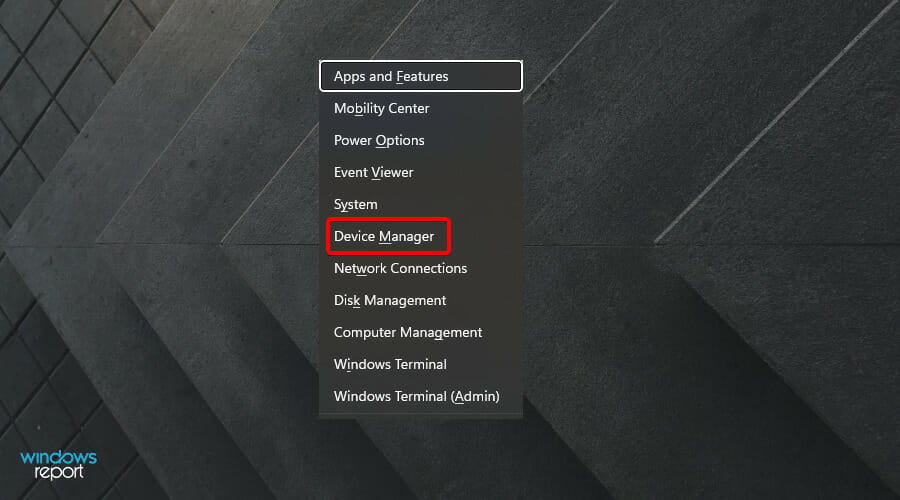
3. In Device Manager, expand each section to find the problematic driver. The Yellow exclamation mark next to a driver signifies that the specific driver is problematic or buggy.
4. When you find the faulty driver, right-click on it to bring up a set of options.
5. Select the Update driver option.
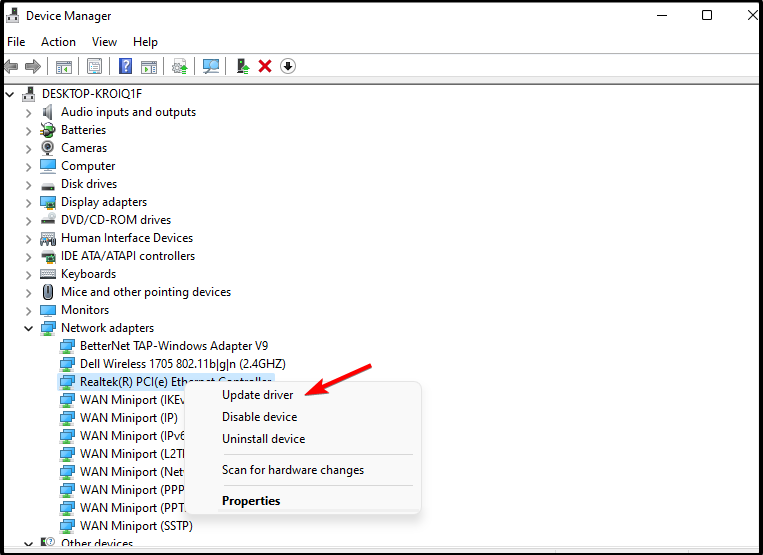
6. Then, click on Search automatically for drivers and let the system search for any pending updates online.

7. If the above search finds any pending updates, they will be automatically downloaded and installed.
8. Finally, restart your device to save the changes made.
An outdated or corrupted Windows will prevent you from installing a new operating system on your device. Updating your drivers should resolve the Windows 11 0xC1900101 installation error.
You can also use an automated tool to find and update all your drivers, even the corrupted ones. Outbyte Driver Updater is a specialized tool with a database of over 18 million driver files that is updated almost daily.

Outbyte Driver Updater
Keep all drivers up to date automatically and fix most of these errors.6. Run the SFC command
- Press the Windows + X keys simultaneously to open the Power menu. Then, select the Run option on the list.
- Then, type cmd in the text box and click on OK.
- Press Ctrl+Shift+Enter to open Command Prompt as Admin. If the User Account Control dialog appears, click Yes to authorize the access.
- Then, key in the command below and press Enter.
sfc /scannow - Wait for the process to end, then restart your device and try to upgrade your Windows once more.
If your device has corrupted system files or there are a couple of files missing on the operating system, then this may prevent a smooth, seamless up-gradation,
Therefore, you must use the System File Checker to resolve the installation error code.
7. Disable your network adapters
- Press the Windows + R keys to open the Run dialog. Then, enter the script below and click OK to open Device Manager.
devmgmt.msc - Find and expand the Network Adapters section.
- Right-click on each entry and select Disable device using the context menu. Repeat this process until you disable all the drivers under this category.
- Then, restart your device to save the changes that you have made.
- Retry installing the Windows update on your device using bootable media.
8. Clear CMOS
 Tip
Tip
- Switch off your device and disconnect all the power cords connected to your device.
- Open the casing, and you will see a flat battery attached to the motherboard.
- Remove the CMOS battery.
- Wait for approximately 5 minutes.
- Place the battery back at its original position and set the casing back with great care.
- Don’t forget to attach all the cables back to their default locations.
- Start your PC and retry upgrading Windows again.
Resetting the BIOS on your device will surely help you get some headway with the installation error code. However, it is essential to note that this method is easier to perform on a desktop than on a laptop.
9. Check for disk errors
- Open Command Prompt as administrator.
- Then, enter the script below and press Enter:
chkdsk C: /f /r /x - Wait for the scan to end, then reboot Windows.
Specific and logical physical issues on your system drive can also cause the Windows 11 update error 0xc1900101. The CHKDSK utility will help you resolve the issue.
10. Create space on your disk
- Press the Windows + E keys simultaneously to launch the File Explorer, then click on This PC on the left column.
- Click Local Disk (C:), and see the availability of free space on the root drive.
Installing Windows 11 requires at least 16GB or more, just like any operating system. However, if your device does not have enough space, you can use the Disk Cleanup tool to clear all the junk and old installation files on your device.
Storage can prevent you from smoothly installing the new operating system. Freeing up some space will help you eliminate the installation error code.
11. Upgrade in clean boot
- Press the Windows key, type in the script below, and press Enter to open the System configuration.
msconfig.exe - Select the radio button set before Selective startup. Then, uncheck the Load startup items.
- Move to the Services tab and click the checkbox present alongside Hide all Microsoft services. Then, select Disable All.
- Next, move to the Startup tab and click on Open Task Manager.
- Right-click on any program listed on the window that pops up and select Disable.
- Disable all startup programs similarly.
- Go back to the System Configuration window, click Apply, and then OK.
- Reboot Windows and try to download and install the update.
Sometimes, third-party applications and services conflict with the in-built ones, ultimately causing the system to go through unexpected challenges. Therefore, starting Windows in a clean boot can help you avoid such situations.
Clean boot allows you to start the system with basic components creating an enabling environment for the installation process.
12. Repair corrupted system files
- Click the search icon from the taskbar and type in the following code:
cmd.exe - Then, press Ctrl + Shift + Enter keys simultaneously. If a User Account Control prompts, click on Yes to grant administrative privileges.
- Key in the following code and press Enter:
dism/Online/Cleanup-image/Restorehealth - After the DISM scan, run the following code on the same window:
sfc/scannow - Wait for the scan to end. Then, restart your device and try to install the update again to see whether the Windows 11 0xc1900101 issue has been resolved.
Accidental changes in the settings or registry can cause some system components to go missing or even become corrupted.
The process is stopped when the system fails to access the necessary files while performing the update, and the error code appears.
How can I fix installation error codes in Windows 11?
Performing a clean installation on your device might get you over the hump if none of the above methods worked. This is the only workaround available if you need to get Windows 11 on your operating system.
You must note that a clean install on your device will make you lose all the data, including the installed applications in the system drive.
Why did Windows Update fail?
Your system files may have recently been destroyed or damaged, which is why Windows Update failed. Additionally, obsolete drivers may cause an update to fail.
But also, as we stated before, internet connection problems, insufficient disk space, and incompatible antivirus programs play a role.
Do not hesitate to perform a clean Windows 11 install on your device even without the assistant. If you experience Windows 11 installation problems, one helpful trick is to enable TPM in BIOS.
Moreover, feel free to use third-party repair applications that will help you deal with a wide range of Windows update difficulties, such as the 0xC1900101 installation error code on Windows 11.
Have you managed to fix the Windows 11 0xc1900101 error? Do not hesitate to share your experience with other readers in the comments section below.

